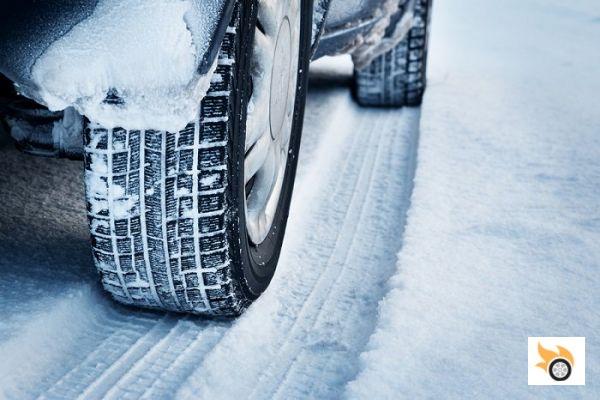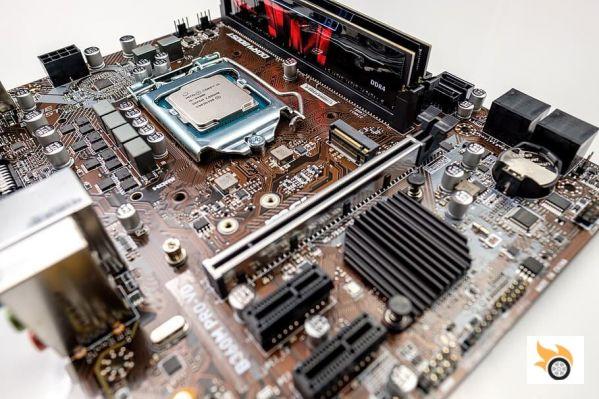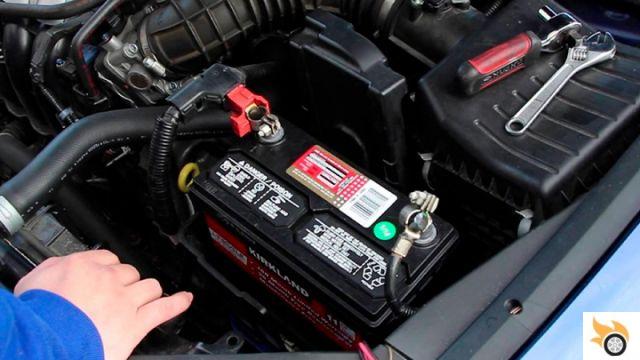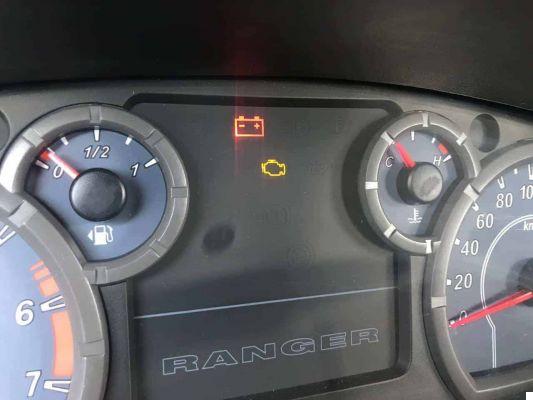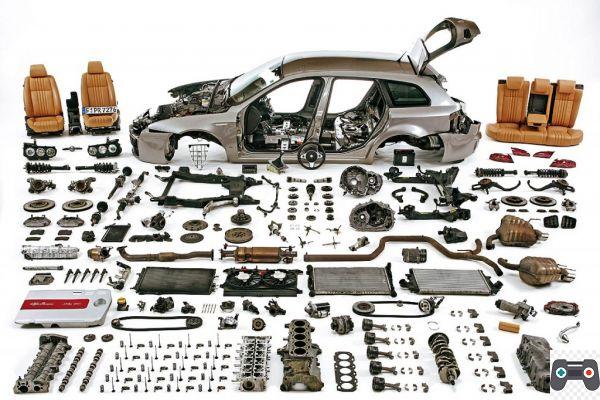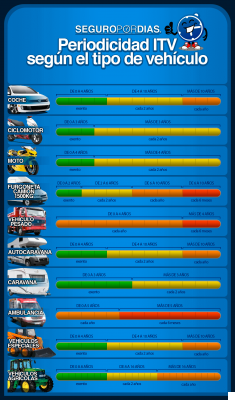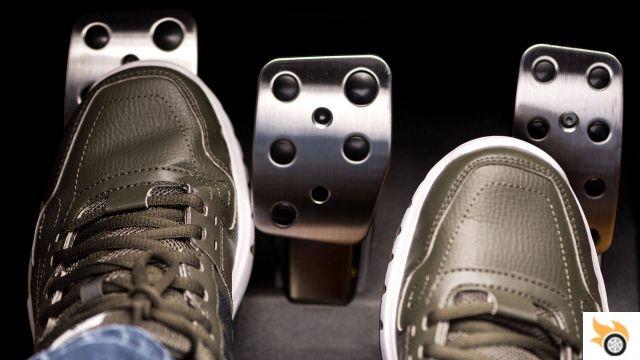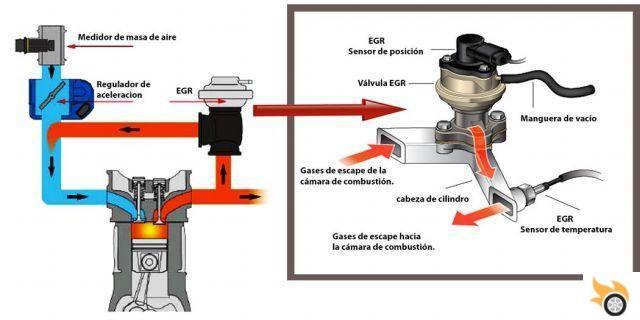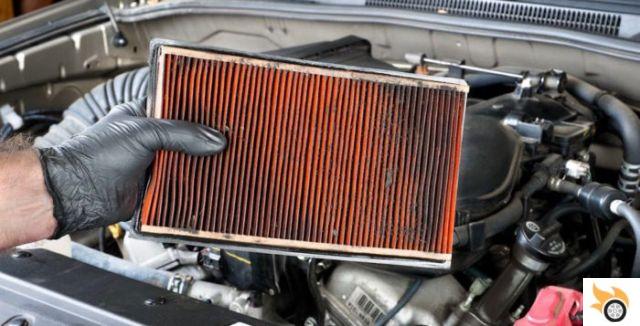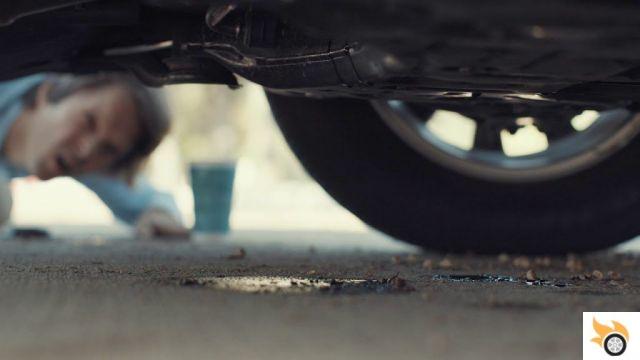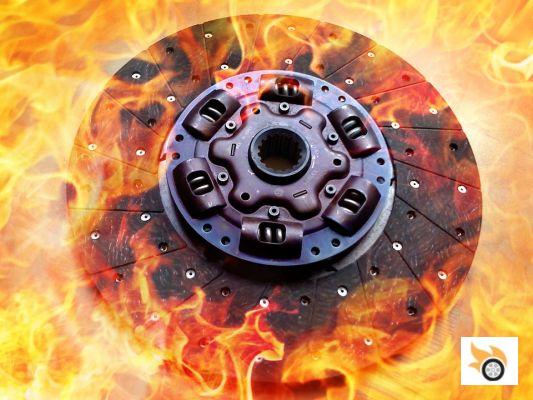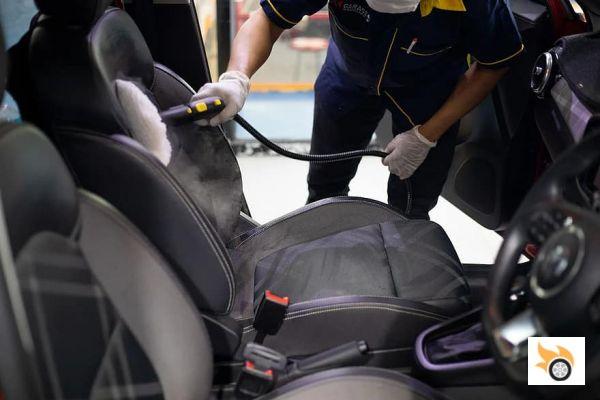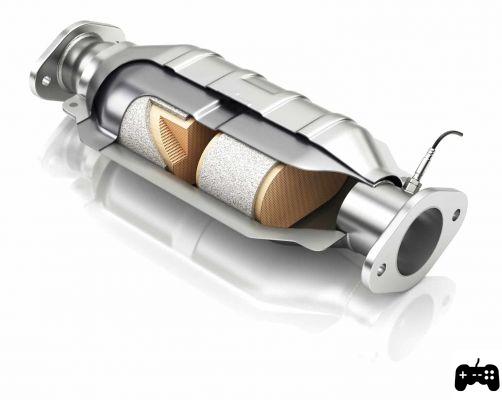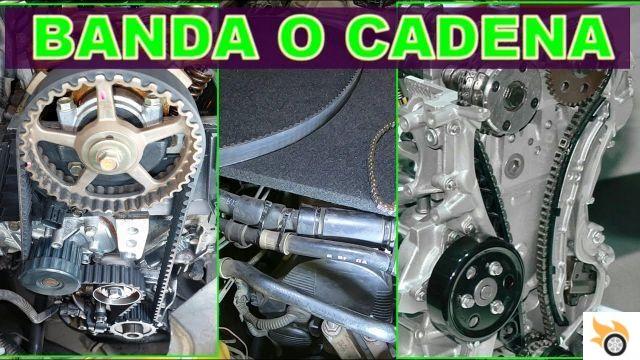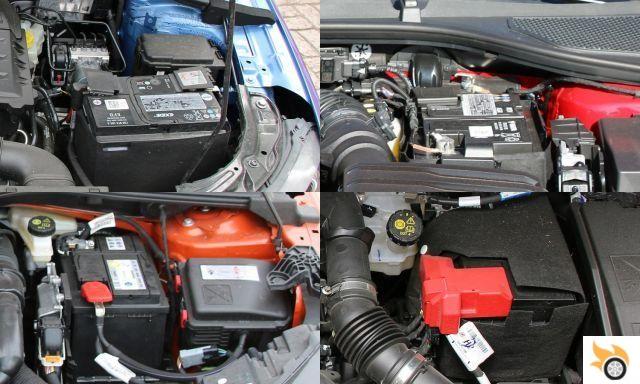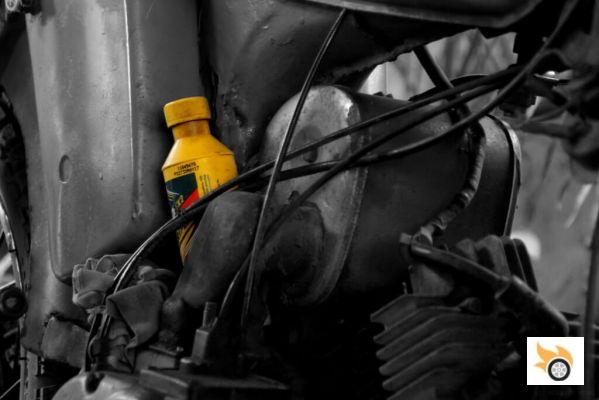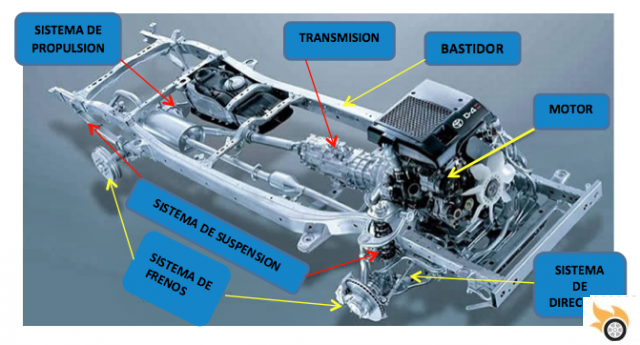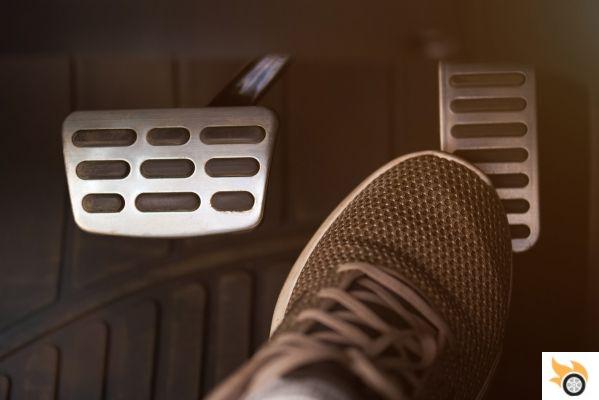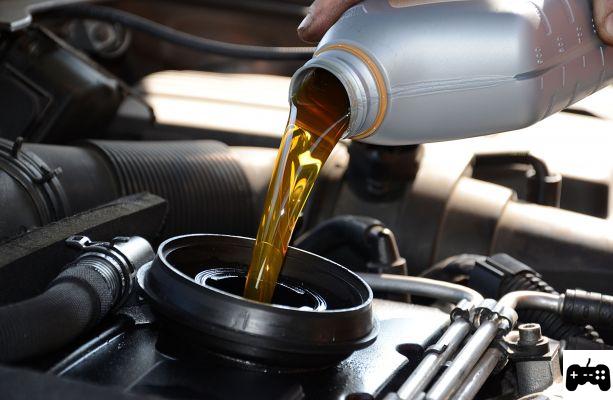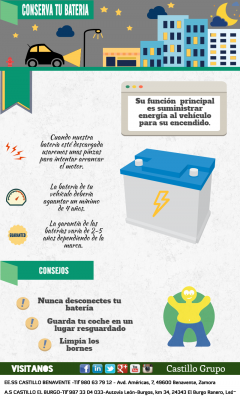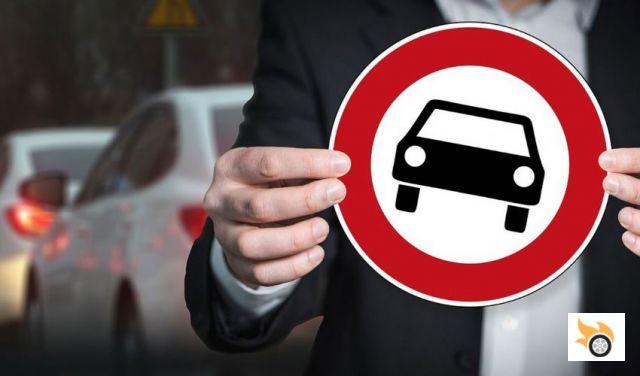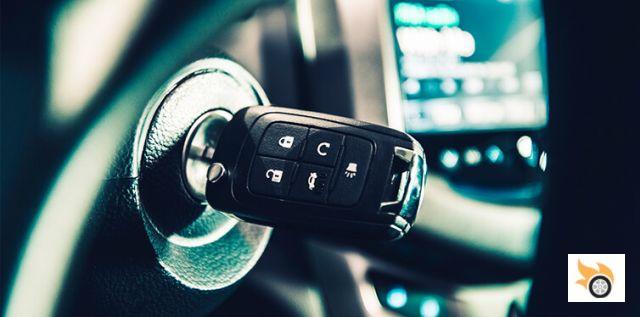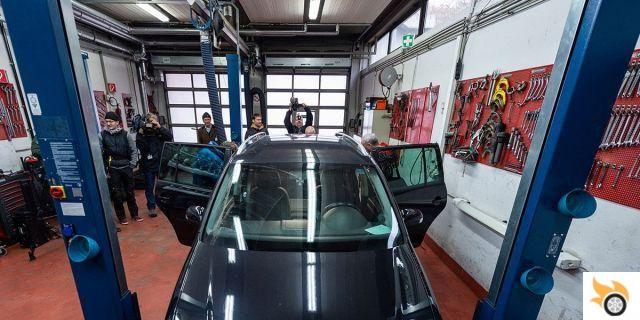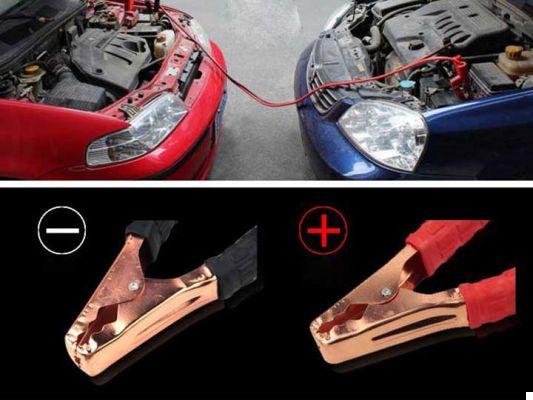
Introduction
In the world of vehicles, it is common to find situations in which we need to pass current between cars or manipulate the cables of a battery. However, it is important to be aware of the potential damage that can occur from performing these actions incorrectly. In this article, we will explore the different situations in which problems can occur and how to avoid them.
Passing current between cars
One of the most common situations in which we need to pass current between cars is when a battery has been completely discharged. However, it is important to do it correctly to avoid damage to both the vehicles and the people involved.
When passing current between carriages, it is essential to follow the following steps:
1. Check the polarity of the batteries
Before connecting the cables, it is necessary to make sure that the positive and negative poles of the batteries are correctly identified. This will avoid problems when making the connection.
2. Connect the cables correctly
Once the polarity is verified, the cables must be connected properly. The red cable must be connected to the positive pole of the discharged battery and to the positive pole of the charged battery. The black cable, on the other hand, must be connected to the negative pole of the charged battery and to a metallic surface of the discharged vehicle, such as the engine block.
3. Start the vehicle with the battery charged
Once the connections have been made, it is important to start the vehicle with the battery charged and let it run for a few minutes. This will allow the discharged battery to receive a charge and recover.
If these steps are followed correctly, there should be no problem passing current between cars. However, it is important to remember that this solution is temporary and the cause of the battery drain should be sought to avoid future problems.
Touch the cables of a battery
Sometimes, we may need to manipulate the cables of a battery without the need to pass current between cars. However, it is important to note that the cables on a battery are connected to a power source and can present a hazard if not handled properly.
When touching the cables of a battery, it is essential to follow the following recommendations:
1. Wear protective gloves
To avoid possible electrical shock, it is advisable to wear protective gloves when handling the cables of a battery. These gloves must be resistant to heat and electricity.
2. Avoid direct contact with the wires
Direct contact with the cables of a battery should always be avoided. If it is necessary to manipulate them, it must be done using insulating tools, such as tweezers or pliers with rubber handles.
3. Disconnect the battery before handling the cables
If you need to manipulate the cables of a battery, it is advisable to disconnect it beforehand. This will prevent possible short circuits and electric shocks.
By following these recommendations, you minimize the risk of injury from touching battery cables. However, it is important to remember that caution should always be exercised and when in doubt, it is best to seek the help of a professional.
Connect the battery cables backwards
Connecting the battery cables backwards is a common mistake that can have serious consequences for both the vehicle and the people involved. This error can cause damage to the vehicle's electrical system and even cause a fire.
To avoid this problem, it is essential to follow the following recommendations:
1. Check the polarity of the cables
Before making any connection, it is necessary to verify the polarity of the cables. Wires are usually color coded: the red wire represents the positive pole and the black wire represents the negative pole. Making sure to connect the cables correctly will avoid problems.
2. Connect the cables in the correct order
Once the polarity is verified, the cables must be connected in the correct order. The red cable must first be connected to the positive pole of the discharged battery and then to the positive pole of the charged battery. The black cable must then be connected to the negative pole of the charged battery and to a metallic surface of the discharged vehicle.
3. Start the vehicle with the battery charged
After making the connections, it is important to start the vehicle with a charged battery and let it run for a few minutes. This will allow the discharged battery to receive a charge and recover.
Following these recommendations will avoid the problem of connecting the battery cables backwards. However, it is important to remember that caution should always be exercised and when in doubt, it is best to seek the help of a professional.
Frequently Asked Questions (FAQs)
1. Can I damage my vehicle by passing current between cars?
No, if the proper steps are taken to pass current between cars, there should be no problem or damage to the vehicles. It is important to check the polarity of the batteries and connect the cables correctly.
2. What happens if I touch the cables of an unprotected battery?
Touching unprotected battery cables can cause electrical shock and possible injury. It is recommended to wear protective gloves and avoid direct contact with the cables.
3. What happens if I connect the battery cables backwards?
Connecting the battery cables backwards can cause damage to the vehicle's electrical system and even cause a fire. It is essential to verify the polarity of the cables and connect them in the correct order.
Conclusion
In short, it's important to use caution when passing power between cars, touching battery cables, or connecting cables backwards. By following the proper steps and taking the necessary precautions, possible damage to both the vehicles and the people involved can be avoided. It is always advisable to seek the help of a professional in case of doubt or if you do not have experience in this type of situation.
We hope this article has been useful in solving your doubts about possible damage when passing current between cars and touching the cables of a battery. If you have any other questions or comments, feel free to leave them below. We will be happy to help you!
Until next time!
The Pistonudos.com team




